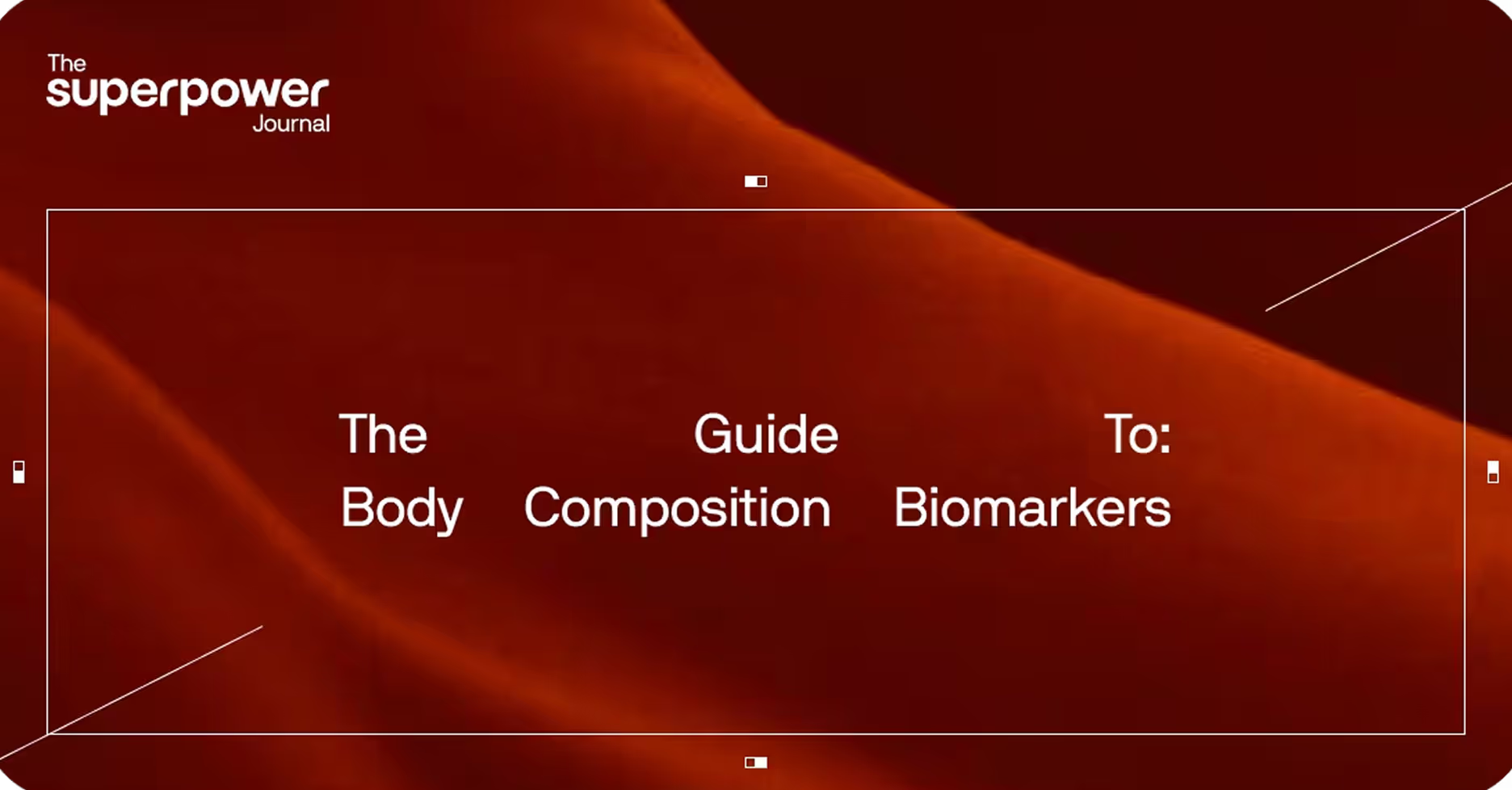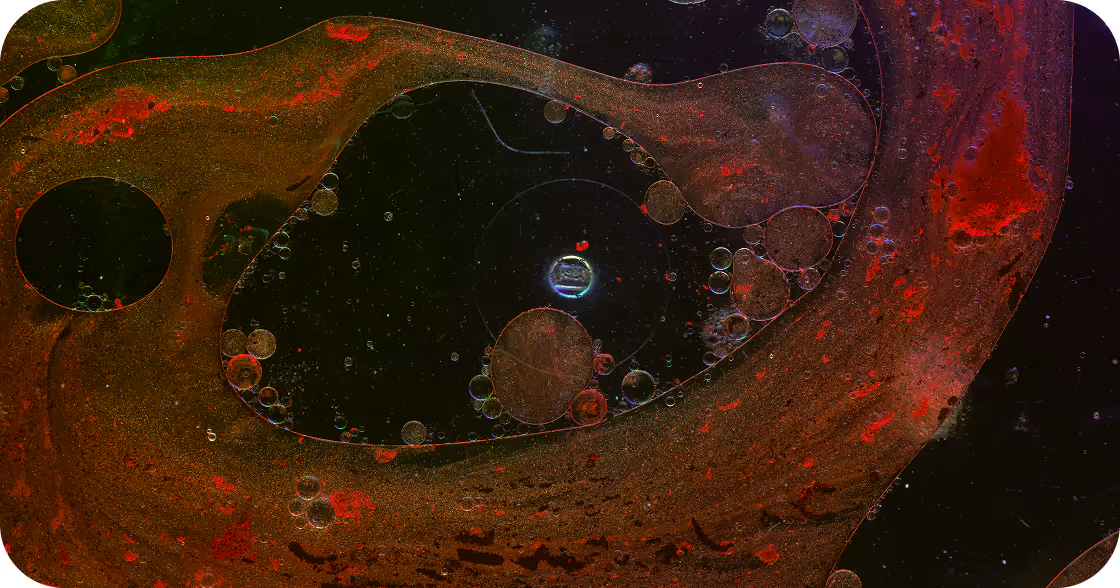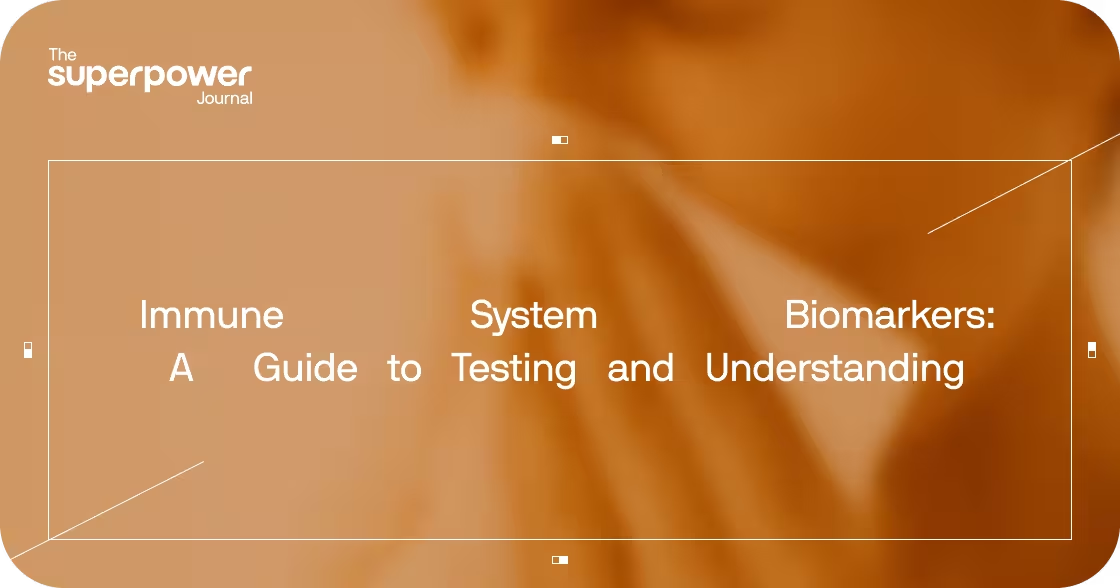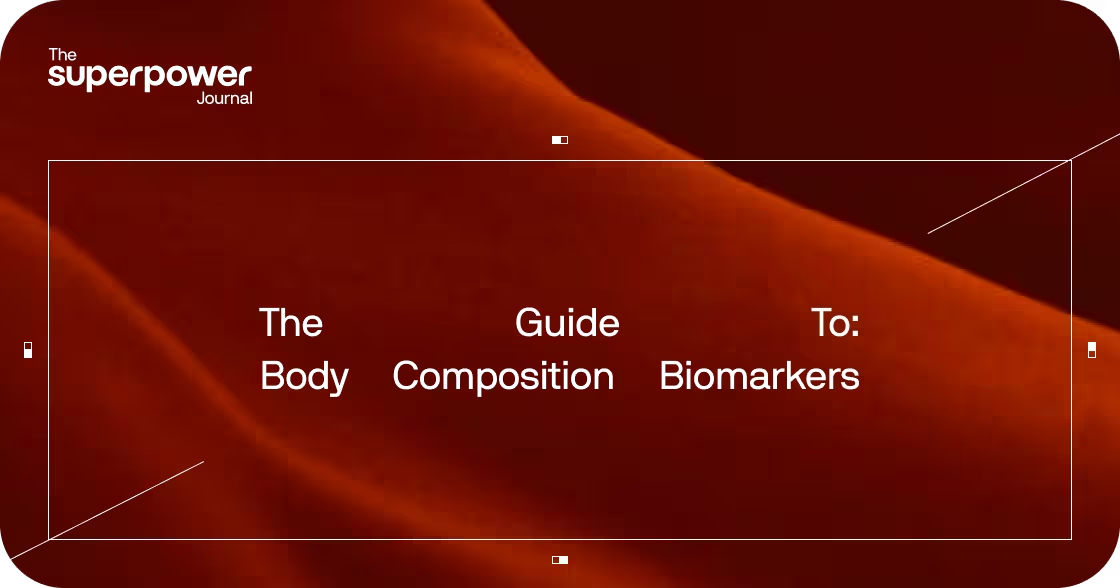Why liver dysfunction matters
Chronic liver disease is a major and growing global health concern. It is primarily driven by risk factors such as obesity, type 2 diabetes, high alcohol consumption, and viral hepatitis¹ ². Non-alcoholic fatty liver disease (NAFLD) is now the most common chronic liver disorder worldwide, affecting roughly one-quarter of the adult population globally and more than 80 million adults in the United States alone³ ⁴. While NAFLD often remains silent, it can progress to non-alcoholic steatohepatitis (NASH), fibrosis, cirrhosis, and hepatocellular carcinoma⁵.
The liver is essential for survival, acting as a central hub for metabolism, detoxification, protein synthesis, and immune regulation. When liver function declines, it has systemic consequences, including altered glucose regulation, impaired clotting, fluid imbalance, dyslipidemia, and increased infection risk⁶. Because symptoms of liver disease often appear only at advanced stages, biomarker testing plays a critical role in early detection, monitoring, and prevention.
The liver as a systems biology hub
The liver integrates signals from nutrition, hormones, and toxins, and performs a wide range of essential functions:
- Nutrient metabolism: conversion of carbohydrates into glucose, storage of glycogen, synthesis of triglycerides, cholesterol, and lipoproteins⁷.
- Detoxification: biotransformation of alcohol, drugs, and xenobiotics into excretable forms⁸.
- Protein synthesis: production of albumin, clotting factors, and carrier proteins⁶.
- Immune regulation: Kupffer cells within the liver filter pathogens and modulate inflammatory responses⁹.
- Hormone and vitamin metabolism: regulation of steroid hormones, thyroid hormones, and activation of vitamin D⁶.
Because of its wide influence, liver biomarkers reflect more than just liver cell integrity — they can indicate the status of metabolic, immune, and vascular health.
What are liver health biomarkers?
Liver biomarkers are measurable blood-based indicators that help assess cell injury, bile flow, protein synthesis, detoxification, and clotting status. No single marker can define liver health completely. Instead, physicians interpret patterns of multiple biomarkers to diagnose disease, stage severity, and monitor progression¹⁰.
Key liver health biomarkers
Alanine aminotransferase (ALT)
- An enzyme concentrated in hepatocytes.
- Elevated ALT is considered a sensitive marker of hepatocellular injury, particularly in NAFLD and viral hepatitis¹¹.
- Mild ALT increases may occur even in early liver disease.
Aspartate aminotransferase (AST)
- Found in both liver and extrahepatic tissue (heart, muscle).
- Less specific than ALT; ratios of AST to ALT may aid in distinguishing alcoholic liver injury from other causes¹¹.
- An AST/ALT ratio >2 is strongly suggestive of alcohol-related liver disease¹².
Alkaline phosphatase (ALP)
- An enzyme produced in bile ducts and bone.
- Elevated ALP may signal cholestasis, obstructive processes, or bone turnover disorders¹³.
Gamma-glutamyl transferase (GGT)
- An inducible enzyme involved in glutathione metabolism.
- Elevated GGT, especially in combination with ALP, supports biliary involvement¹³.
- Higher GGT levels are also independently associated with cardiovascular and metabolic risk in epidemiologic studies¹⁴.
Total bilirubin
- A product of hemoglobin breakdown.
- Elevated bilirubin may arise from impaired liver conjugation, cholestasis, or hemolysis¹⁵.
- Mild isolated elevation may occur in benign conditions such as Gilbert syndrome.
Albumin
- The most abundant plasma protein, produced by hepatocytes.
- Low levels indicate impaired synthetic function, advanced liver disease, or malnutrition¹⁶.
- Albumin concentration correlates with liver disease prognosis.
Prothrombin time / INR
- Reflects clotting factor synthesis, nearly all of which depend on hepatic production.
- Prolonged INR strongly suggests advanced dysfunction and is also used in calculating severity scores such as MELD¹⁶.
Lactate dehydrogenase (LDH)
- A general tissue injury marker, not specific to the liver.
- May rise in acute severe liver disease but has limited specificity for diagnosis¹⁷.
Normal vs. clinically relevant ranges
Reference intervals vary depending on laboratory methods, population, and biological factors such as age and sex¹⁸. Below is a broad summary of reported ranges and clinical insights:
How to interpret biomarker patterns
Because single measurements can mislead, clinicians look for interpretive patterns:
- ALT disproportionately high vs. AST: Suggests NAFLD and metabolic dysfunction.
- AST/ALT ratio >2: Strongly supports alcohol-related liver disease¹².
- ALP and GGT both elevated: Suggests cholestasis or bile duct obstruction¹³.
- Low albumin with prolonged INR: Indicates advanced liver disease with impaired synthetic function¹⁶.
Causes of biomarker imbalance
Common drivers of abnormal liver biomarker patterns include:
- Metabolic dysfunction: Obesity, insulin resistance, type 2 diabetes³ ⁴
- Excess alcohol use¹²
- **Chronic viral hepatitis (HBV, HCV)**²
- Autoimmune hepatitis¹⁹
- Cholestatic genetic disorders¹⁹
- Medication-induced hepatotoxicity⁸
Importantly, "normal" values do not always guarantee a healthy liver, since early NAFLD or fibrosis can be present even before biomarkers cross thresholds³ ⁵.
Liver biomarkers and long-term health
Abnormal biomarkers are not limited to liver consequences; they are now recognized predictors of systemic outcomes:
- GGT and mortality: Elevated GGT levels correlate with higher all-cause and cardiovascular mortality in large cohort studies¹⁴ ²⁰.
- Albumin as prognosis: Low albumin is consistently associated with poor survival in cirrhosis and other chronic illnesses¹⁶.
- Prothrombin time: INR prolongation reflects both liver failure severity and bleeding risk, and is a core measure of prognosis¹⁶.
These biomarkers therefore provide insight not only into present disease states but also into long-term survival risk.
Optimizing liver biomarkers through modifiable factors
Lifestyle-based strategies support healthier liver metrics, particularly in earlier disease stages:
- Weight management: Weight loss of 5–10% reliably reduces ALT, AST, and steatosis in NAFLD patients²¹.
- Dietary changes: Diets emphasizing vegetables, fruits, whole grains, and unsaturated fats improve insulin sensitivity and reduce NAFLD biomarkers²².
- Physical activity: Regular aerobic and resistance exercise reduces hepatic fat accumulation and lowers transaminase elevations²³.
- Alcohol reduction: Abstinence from alcohol improves AST/ALT ratios in alcohol-related liver injury²⁴.
- Management of comorbidities: Controlling diabetes, dyslipidemia, and hypertension reduces progression risk²³.
These interventions are supported by clinical trial and meta-analysis evidence, though they are not cures for advanced disease.
Why testing is critical
Testing liver biomarkers is integral to both clinical practice and public health:
- Early detection: Identifies NAFLD before irreversible fibrosis develops³ ⁵.
- Risk stratification: Elevated markers, especially GGT, predict broader cardiometabolic risks¹⁴ ²⁰.
- Monitoring therapy: Biomarkers allow clinicians to track improvement or progression during lifestyle intervention or treatment²¹.
- Population burden: Incidence of liver cancer has substantially increased in the U.S. since 1980, often related to increased NAFLD prevalence² ³.
Testing is especially crucial for individuals with obesity, type 2 diabetes, alcohol overuse, viral hepatitis, chronic medication use, or family history of advanced disease.
Building a healthier future with comprehensive testing
Liver biomarkers provide a window into one of the body’s most vital and multitasking organs. By including a panel of ALT, AST, ALP, GGT, bilirubin, albumin, and INR, clinicians can detect dysfunction earlier and manage risks more effectively. While reference intervals define population averages, emerging evidence shows that values at the “upper normal” range can already associate with future metabolic and cardiovascular disease¹³ ¹⁴.
For individuals interested in prevention, routine liver biomarker testing offers a chance to identify issues earlier, intervene with lifestyle changes, and preserve long-term health.
Ready to test your biomarkers? Join Superpower today to access advanced biomarker testing with over 100 lab tests.
- Asrani SK, Devarbhavi H, Eaton J, Kamath PS. Burden of liver diseases in the world. J Hepatol. 2019.
- Tapper EB, Parikh ND. Mortality due to cirrhosis and liver cancer in the United States, 1999-2016. Ann Intern Med. 2018.
- Younossi ZM et al. Global epidemiology of NAFLD. Nat Rev Gastroenterol Hepatol. 2018.
- Estes C et al. Modeling NAFLD disease burden. Hepatology. 2018.
- Rinella ME. Nonalcoholic fatty liver disease: A systematic review. JAMA. 2015.
- Hall JE. Guyton and Hall Textbook of Medical Physiology. 14th ed.
- Rui L. Energy metabolism in the liver. Compr Physiol. 2014.
- Jaeschke H et al. Mechanisms of hepatotoxicity. J Hepatol. 2019.
- Krenkel O, Tacke F. Liver macrophages in tissue homeostasis and disease. Nat Rev Immunol. 2017.
- EASL Clinical Practice Guidelines: Non-invasive tests for evaluation of liver disease severity. J Hepatol. 2021.
- Kim HC et al. Elevated ALT and the risk of mortality. Gastroenterology. 2004.
- Sorbi D et al. The ratio of AST to ALT: Value in alcoholic liver disease. Am J Gastroenterol. 1999.
- Lala V, Zubair M, Minter DA. Alkaline Phosphatase. StatPearls, 2022.
- Fraser A et al. Gamma-glutamyltransferase, cardiovascular risk, and mortality. J Am Heart Assoc. 2007.
- Fevery J. Bilirubin in clinical practice. J Hepatol. 2008.
- Bernardi M, Moreau R, Angeli P. Albumin in decompensated cirrhosis. N Engl J Med. 2022.
- Hsia CC, Grippi MA. Clinical significance of LDH in liver disease. Clinics in Liver Disease. 2001.
- Ichihara K, Boyd JC. Reference intervals for clinical laboratory tests. Clin Chim Acta. 2010.
- Heneghan MA et al. Autoimmune hepatitis. Lancet. 2013.
- Lee DS et al. GGT and risk of mortality in middle-aged women and men. Circulation. 2006.
- Vilar-Gomez E et al. Weight loss and histological improvement in NAFLD. Gastroenterology. 2015.
- Salomone F et al. Dietary patterns and NAFLD. Nutrients. 2017.
- Keating SE et al. Exercise and NAFLD: Systematic review and meta-analysis. J Hepatol. 2012.
- O'Shea RS, Dasarathy S, McCullough AJ. Alcoholic liver disease: AASLD practice guideline. Hepatology. 2010.




.avif)
.png)






.svg)


